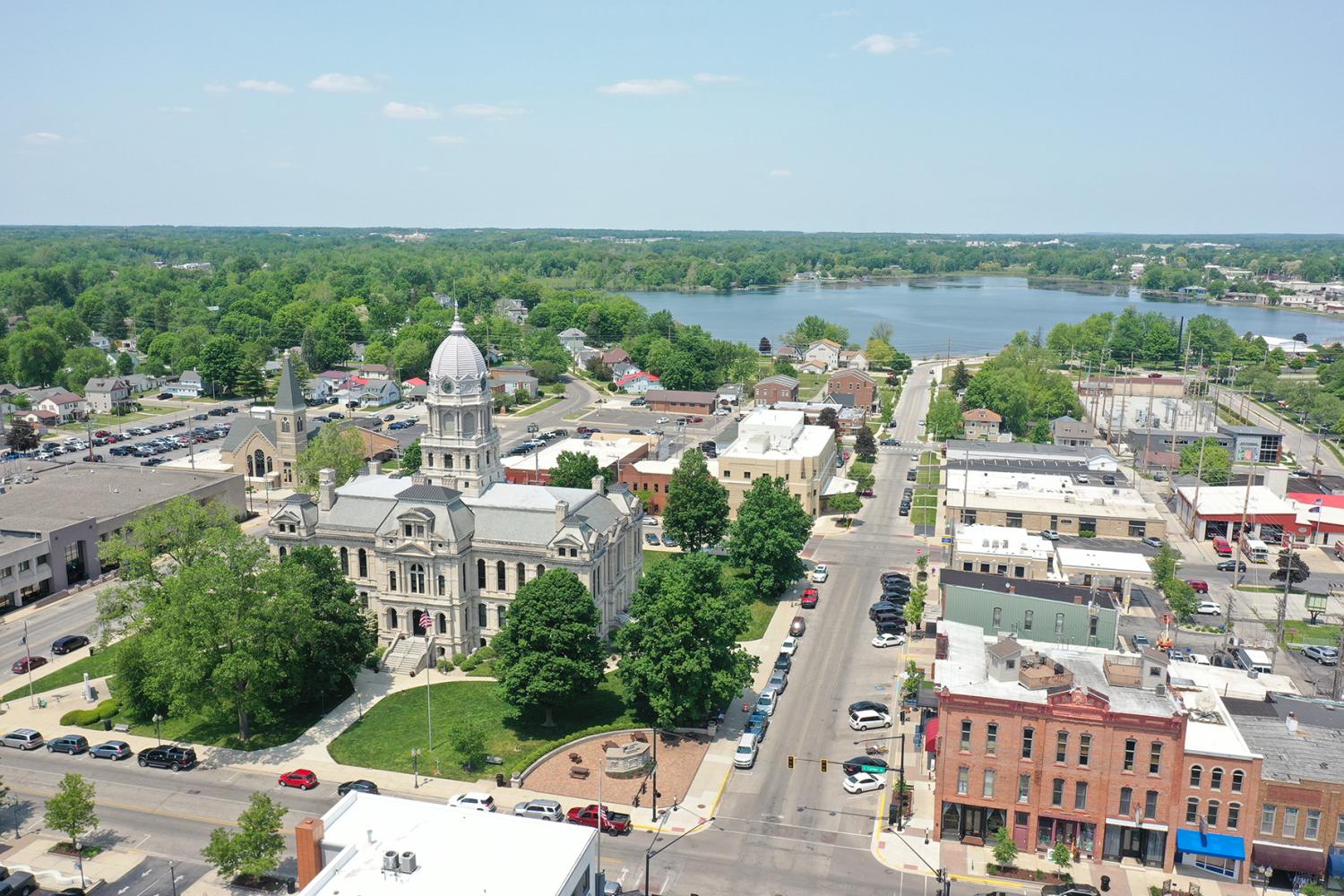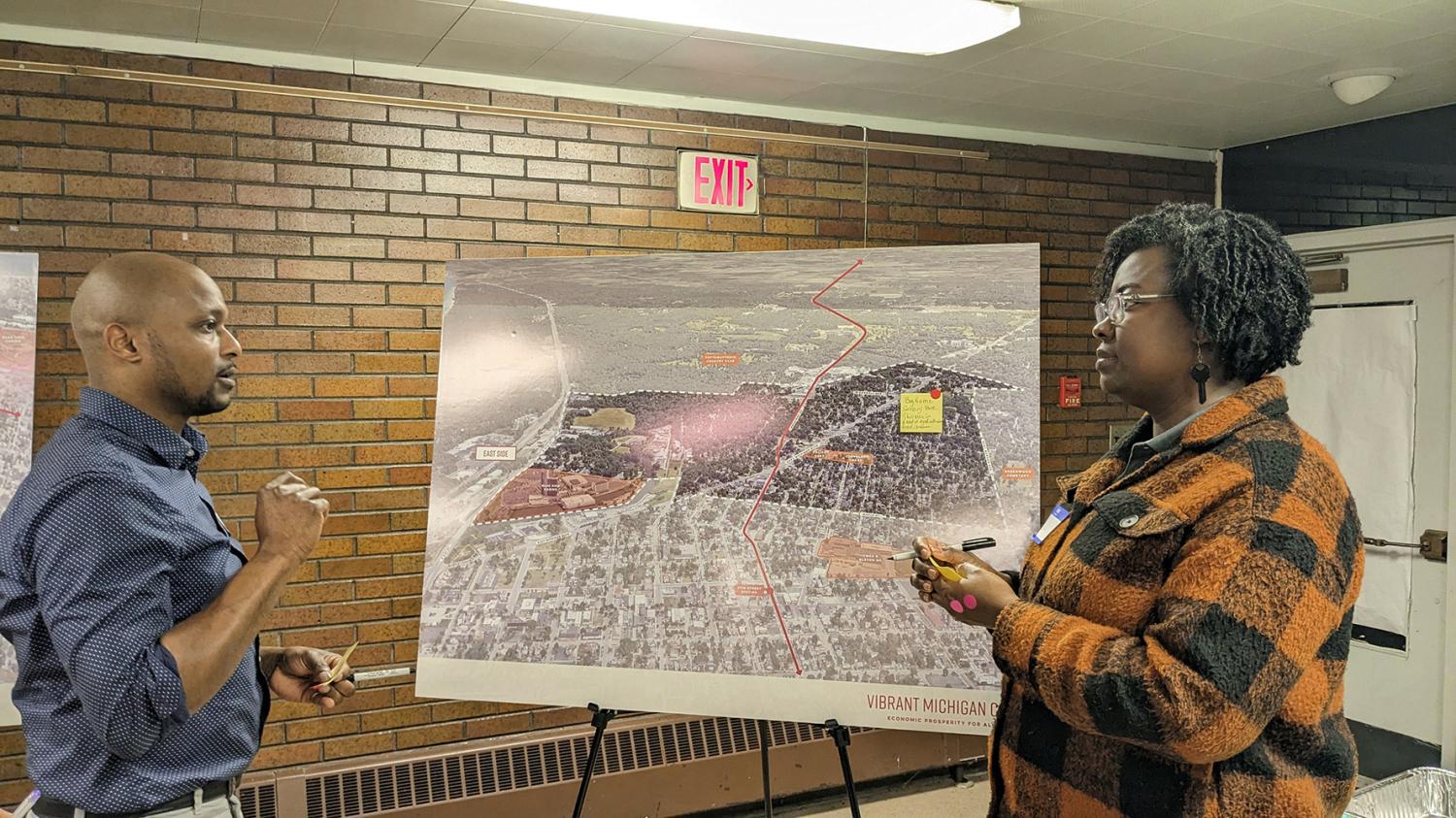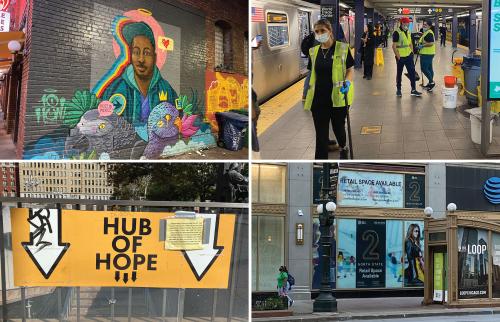There is a clear need to advance a more inclusive economic future for rural America, which accounts for 85% of the nation’s persistently poor counties. This imperative is not simply a “rural” one. The geographic divergence that divides the country between “winner-takes-most” and “left-behind” places serves to harm the nation as a whole by concentrating productivity in too few regions while leaving large swaths struggling to meet their economic potential.
The lesser-known story is that local leaders across rural America have long been implementing bottom-up economic development strategies to “grow from within” by investing in uniquely rural assets that leverage the diverse and innovative place-based strengths of small towns across the nation.
This practitioner-oriented report highlights insights from precisely these kinds of community-centered efforts underway across small towns nationwide. It draws from an in-depth, multiyear Brookings Institution and Local Initiatives Support Corporation (LISC) engagement with three diverse rural communities in Indiana, as well as insights from rural economic and community development leaders across the country. Based on this in-depth engagement, the report offers practical guidance and recommendations for practitioners and policymakers to advance, scale, and sustain inclusive access to opportunity, quality of place, and quality of life across rural places nationwide.
To learn more about the report recommendations, read pages 55-61 in the report
Fostering rural economic inclusion through an in-depth ‘Learning Lab’
Drawing from decades of working on the ground with local economic and community development leaders nationwide, Brookings and LISC convened leaders from three small Indiana towns—Warsaw, Michigan City, and Seymour—to help them implement a locally led “community-centered economic inclusion” (CCEI) model designed to advance economic inclusion by linking disinvested rural districts to broader regional growth strategies. The theory of change guiding the strategy is that by embedding economic inclusion for often-disinvested rural areas within larger regional investment strategies, these communities could maximize state and federal resources for broad-based benefits.
To learn more about the community-centered economic inclusion model, read pages 13-15 in the report
The three participating “Learning Lab” towns: Warsaw, Michigan City, and Seymour, Ind. | Photo credit: Anderson + Bohlander
Each town identified economic inclusion districts that are home to strong economic assets, but that have been devalued or disrupted by disinvestment or discrimination. In Michigan City, this included majority-Black neighborhoods with once-in-a-generation catalytic development opportunities (such as a closing state prison and major power plant); in Seymour, a rapidly growing and predominantly Latino or Hispanic industrial district; and in Warsaw, a critical citywide corridor for minority-owned small businesses.
To learn more about identifying rural economic inclusion districts, read pages 24-31 in the report
Locally identified “Economic Inclusion Districts” in Michigan City, Warsaw, and Seymour, Ind. | Photo credit: Anderson + Bohlander
The prison is biggest opportunity for redevelopment. Given the timing of the [power plant] closure, it will also be huge asset by providing more public access to water. The hard part is: How do we make sure these new opportunities are inclusive? How do we not leave people behind?
A Michigan City stakeholder
Throughout the Learning Lab, local and regional leaders became increasingly supportive of a more holistic approach to equitable development that prioritizes investments in strong commercial corridors, housing, child care, workforce development, arts and culture, and small business development, among others. Importantly, they recognized that many of these investments must go beyond support for capital projects to include investments in programming and capacity-building. Their efforts culminated in the publication of locally led economic inclusion playbooks that outline their holistic inclusive development priorities, funding, and governance strategies over the next three years.
To learn more about the three towns’ economic inclusion playbooks, read pages 42-48 in the report
Residents participating in community-centered planning in Michigan City, Ind. | Photo Credit: Anderson + Bohlander
We are trying new things. We are hopeful about new development. I got optimism here. I haven’t really heard any sort of griping. Let’s dream—let’s dream big, something for the next generation.
A rural Indiana stakeholder
Renderings to increase public access to waterfronts in Michigan City and Warsaw, Ind. | Photo credit: Anderson + Bohlander
Even with local successes, the Learning Lab revealed significant barriers for advancing and scaling place-based economic inclusion initiatives in rural America—ranging from limited neighborhood civic infrastructure to overburdened public sector capacity to challenges with the philanthropic and funding landscape. At the same time, the process revealed a strong appetite for doing rural development differently and centering equity as core to rural regional growth strategies.
The report concludes with concrete and actionable recommendations for state, regional, and local leaders nationwide to heed some of these lessons and craft more effective policies and investment structures needed to scale economic inclusion in more rural places across the United States.
To learn more about the report recommendations, read pages 55-61 in the report
Despite the structural barriers to opportunity that rural communities face, the community-centered economic inclusion process demonstrates the powerful potential of investing in distinctly rural assets—and the community members who steward them—as key to enhancing equitable opportunity. Though the full impact of the three towns’ CCEI initiatives will likely not be known for years, its impact so far has shown CCEI’s promise as a model for promoting shared, sustainable pathways to rural prosperity—designed by and for rural residents.
The Brookings Institution is committed to quality, independence, and impact.
We are supported by a diverse array of funders. In line with our values and policies, each Brookings publication represents the sole views of its author(s).













